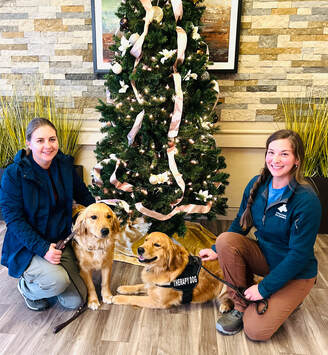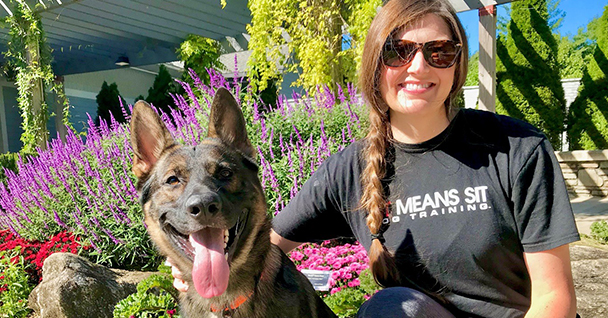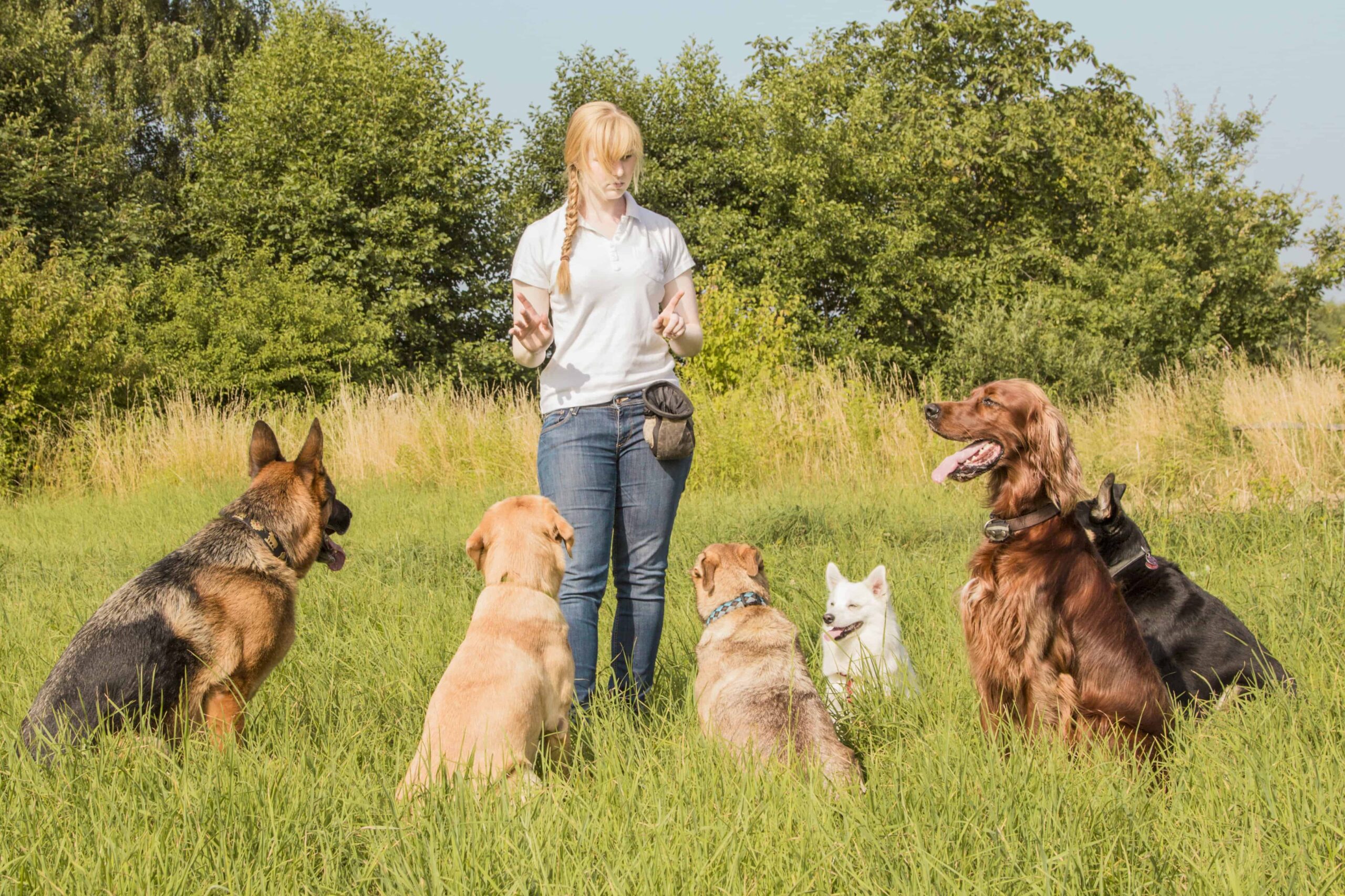Necessary Tips for Effective Dog Training: An Overview for Pet Owners
Effective pet training is a diverse process that calls for a calculated method tailored to both the family pet's temperament and the proprietor's goals. Understanding just how to navigate these barriers can substantially enhance the training experience, eventually transforming the partnership between proprietor and dog.
Comprehending Dog Habits
Understanding pet dog behavior is necessary for effective training and promoting an unified connection in between canines and their proprietors. Dogs interact largely with body movement, vocalizations, and activities, making it crucial for owners to analyze these signals accurately. Acknowledging a pet's position, tail setting, and ear alignment can supply understandings into its mood. For example, a wagging tail does not constantly indicate happiness; it can likewise signify excitement or stress and anxiety.

Socialization plays a considerable function in canine behavior; exposure to various environments, individuals, and other animals can considerably impact a dog's personality. Elements such as type attributes and private character need to lead training techniques, as some breeds might have particular behavior qualities that necessitate customized methods. By understanding these components, owners can develop a helpful setting that motivates favorable habits, leading to effective training results and a much deeper bond with their family pets.
Establishing Consistent Commands
Reliable communication with your dog starts with establishing consistent commands. This fundamental aspect of training is vital for cultivating understanding between you and your pet. Consistency in the commands you use makes sure that your canine can reliably link certain words or phrases with the desired behaviors.
When picking commands, choose clear, unique words that are very easy to say and separate from one an additional. Avoid utilizing similar-sounding commands that might confuse your canine. As an example, using "rest" and "remain" is appropriate, however "rest" and "hit" might bring about misconceptions.
In addition, preserve the very same tone and volume for each and every command. Pet dogs are sensitive to singing signs, so differing your tone can produce confusion.
It is just as crucial to guarantee that all household members are on the same web page pertaining to the commands made use of. A united front in command usage will prevent combined signals and strengthen the discovering process.
Favorable Support Techniques
The power of favorable support in pet training depends on its capability to motivate preferred habits via incentives and praise. This technique is based in the principle that behaviors adhered to by favorable end results are most likely to be duplicated. By including favorable reinforcement right into your training program, you can effectively shape your dog's behavior in a positive fashion.
To carry out positive support, it's vital to identify what inspires your dog, whether it be deals with, toys, or verbal appreciation. When your canine performs a wanted activity, such as sitting on command, promptly award them with a reward or love. This organization in between the command and the positive outcome strengthens their understanding.
It's important to timing the rewards properly; providing the support within seconds of the preferred actions assists your canine make the connection (dog training). In addition, consistency is crucial-- make sure that all household members utilize the same commands and benefit systems to avoid complication

Progressively, you can lower the regularity of deals with as your pet learns the habits, transitioning to commend or recurring rewards. This method not only cultivates a solid bond in between you and your dog but likewise advertises a favorable learning environment, making educating an enjoyable experience for both.
Socialization and Interaction
Constantly revealing your dog to a variety of settings, individuals, and other animals is critical for their social development. Socialization must click over here now start early, ideally during the vital home window of 3 to 14 weeks, when pups are most responsive to new experiences. Older pets can likewise benefit from try here ongoing socialization efforts.
Present your pet to various settings, such as parks, pet-friendly stores, and urban locations. This direct exposure aids them adapt to various stimuli, decreasing anxiety and fear feedbacks. Urge favorable interactions with other pets and individuals, making sure that these encounters are regulated and risk-free to promote confidence.
Use structured playdates with well-mannered pets, as this can improve your pet dog's social skills and educate them proper habits. Obedience classes and training sessions also give exceptional chances for socialization, allowing your pet to interact with others in a supervised atmosphere.
Display your canine's body movement during communications, as this will certainly assist you determine their comfort degree. Progressively enhance direct exposure to more difficult circumstances while ensuring that each experience is positive. A well-socialized pet is more probable to show balanced habits, making them a joy to have in any type of setup.
Resolving Common Training Difficulties
Every pet owner will run into training challenges at some time, no matter their dog's age or socialization degree. Identifying typical concerns such as stubbornness, interruptions, go now and terror can help in establishing reliable approaches for enhancement.

Slowly introduce interruptions as the canine becomes more competent in commands. Short, frequent training sessions are additionally reliable in keeping focus.
Fearfulness can impede a canine's knowing process. Gradual desensitization to the resource of concern, matched with positive support, can assist minimize anxiety. Patience is critical; never ever force a pet right into a circumstance that causes distress, as this might worsen the problem.
Ultimately, understanding and addressing these usual difficulties with a structured strategy will certainly promote a more effective training experience, reinforcing the bond in between pet and proprietor while promoting reliable learning.
Verdict
In recap, successful dog training depends on a thorough understanding of canine actions, the facility of constant commands, and the application of positive reinforcement techniques. Socializing plays a vital role in establishing well-adjusted pets, while attending to usual training difficulties calls for persistence and flexibility. By executing these essential methods, pet owners can cultivate a strong bond with their canines and advertise desirable habits, ultimately resulting in an unified relationship between human beings and their canine buddies.
Recognizing dog habits is essential for efficient training and fostering an unified connection between pooches and their owners.Socialization plays a considerable function in canine actions; exposure to different environments, individuals, and various other animals can significantly affect a pet's character.The power of favorable reinforcement in pet dog training lies in its capacity to encourage wanted behaviors via incentives and praise. By integrating favorable support right into your training routine, you can effectively shape your canine's habits in a useful way.
In recap, successful canine training depends on a detailed understanding of canine habits, the establishment of constant commands, and the application of positive reinforcement techniques.
Comments on “Discover the Leading Errors to Stay Clear Of in Dog Training”